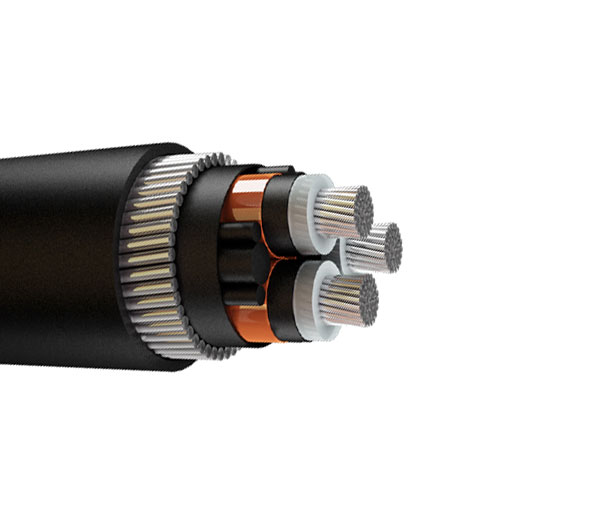If you have ever wondered what is Power Cable, you are not alone. The fact is, it is a type of electrical conductor that is used for bulk transmission of direct and alternating current power. There are also portable versions, which are used for applications like lighting, powering computers, and connecting portable devices to a power source. In this article, we’ll discuss some of the different types of Power Cable available in the market.
Power cables are assemblies of electrical conductors, generally held together by an overall sheath. These cables may be permanently installed inside buildings, buried underground, or slung overhead. NM-B power cable, for example, has a thermoplastic outer sheath. Flexible power cables, on the other hand, are used in portable devices, mobile tools, and machinery. They are also useful for supplying power to devices that are not permanently installed inside buildings.
The demand for electrical conductors is increasing in many regions, including Asia. The United States and Europe are investing heavily in infrastructure, which will require electrical conductors. Renewable energy sources need to be connected to a grid system. In addition, growth in the Middle East and Africa is expected, as countries such as Saudi Arabia invest in their infrastructure. And in developing countries such as China and India, demand for electrical conductors is high, as the region has a huge population.
Copper is the most common electrical conductor, although aluminum is also used in power applications. Aluminum’s weight and cost advantage make it an excellent choice for power cables. As a result, aluminum is widely used in overhead lines by electric utilities, mainly because it is lighter than copper. Stranded wires, on the other hand, are not insulated from each other. They are surrounded by a highly insulated outer jacket.

ACSR power cable is made of high-purity aluminum wires wrapped in a spiral. The wires may be zinc-coated or aluminum-coated, while the central steel core provides additional mechanical strength. ACSR conductors have a steel content ranging from six to forty percent. Higher steel content is chosen for power lines that cross rivers. This type of power cable has the lowest flammability. And it is the most durable.
High-voltage direct-current (HVDC) systems use direct current for bulk transmission of power. Compared to alternating-current systems, these can be less costly, suffer fewer electrical losses, and avoid the problems of heavy currents required for underwater power cable charging and discharging. However, the costs of DC conversion equipment may be justified for shorter distances. But in many areas, HVDC is still the preferred method for power transmission.
The alternating and direct current currents have different characteristics and can be classified by their waveform. AC is a continuous flow of electrons, while DC has alternating phases of voltage and frequency. In most cases, alternating current is the more efficient and cost-effective type of power transmission, but direct current is still widely used in some applications. Here are some examples of their differences. A brief discussion of each of the main differences between them follows.
While AC requires intermediate taps, HVDC does not require them. HVDC is particularly suitable for bulk power transmission from remote generating stations to load centers. For example, the Nelson river DC transmission system has been used for power transport from renewable energy sources. Its DC links and multiple voltage source converter systems make it easy to integrate renewable energy sources into the grid. These advantages make HVDC a good option for long-distance power transmission.
High-voltage cables are expensive to install and maintain, and they also have a high electrical capacitance. Live conductors are surrounded by thin metal sheaths, and their geometry resembles that of a long coaxial capacitor. The longer the cable, the higher the total capacitance. This increased capacitance is in a parallel circuit with the load, causing additional energy loss due to dielectric losses.

